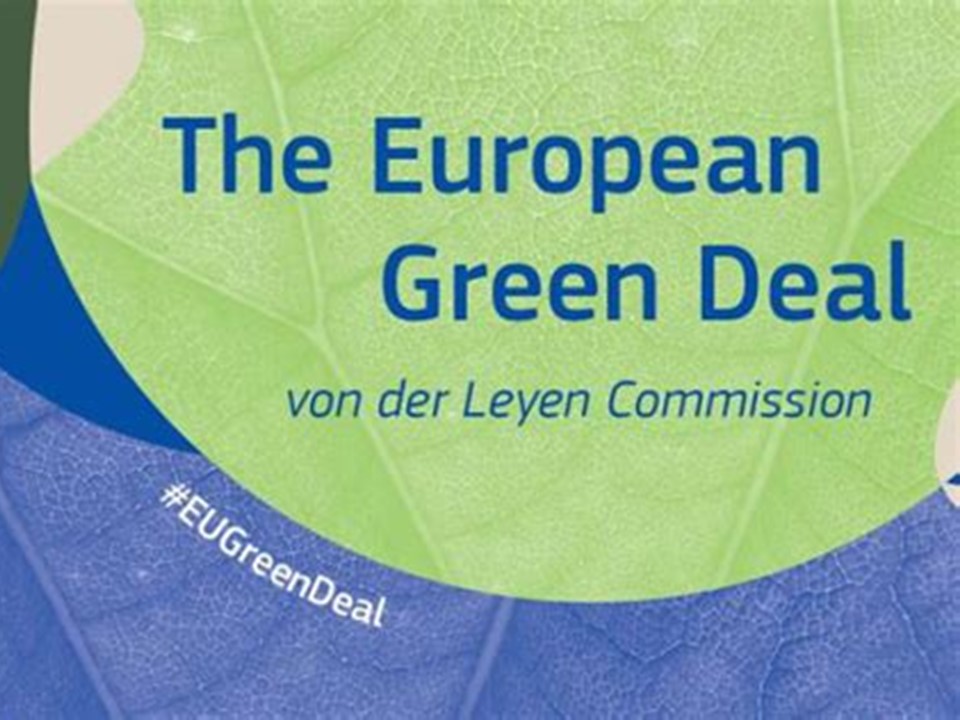An early draft of the EU’s upcoming renewable energy directive confirms the bloc’s objective of sourcing 38-40% of its energy from renewables by 2030, roughly doubling the share of solar, wind and other renewables in Europe’s energy mix by the end of the decade. Presented as part of a broader package of laws intended to meet the bloc’s updated climate goals, the new directive also sets an objective of reducing greenhouse gas emissions by at least 55% by 2030 compared to 1990 levels, although this will also take into account carbon removals from forestry and land use, making the gross target look more like a 52-53% reduction. Only two weeks ago, MEPs agreed on a new European Climate Law which, for the first time, makes the bloc’s 2050 climate neutrality objective a legal obligation on the EU.
“Renewable energy plays a fundamental role for delivering the European Green Deal and for achieving climate neutrality by 2050,” says a draft cost-benefit analysis of the proposal, published by the Renewable Heating & Cooling Alliance, an industry group. “The energy sector contributes over 75% of total GHG emissions in the EU and energy efficiency and renewables are therefore central to achieving the higher climate ambition for 2030,” the document states. The proposed law ratchets up the target from 32% set in the current directive to 38-40%, which means roughly doubling the share of renewables, which currently meet around 20% of the bloc’s energy needs. But some stakeholders, such as SolarPower Europe, an industry group, are not happy with the ideas contained in the proposal. SolarPower has expressed frustration at the Commission’s envisaged 38-40% target, saying it could have been higher.
The initiatives being considered in the draft include: boosting renewables used in heating and cooling; a ban on fossil fuels in district heating and cooling; an EU benchmark for renewables used in buildings; an increase in the renewables target for transport, from 14% to 26%; an increase in the sub-target for advanced biofuels, from 3.5% to 5.5%, and the introduction of a dedicated supply obligation for aviation; boosting cross-border cooperation on offshore renewables, with an obligation for EU member states to cooperate within each sea basin, and a one-stop-shop for permitting of cross-border offshore wind projects; introduction of an EU benchmark for the use of renewables in industry, including labelling for green industrial products in certain sectors; mainstreaming of renewable electricity in transport, and heating and cooling; an introduction of a certification system for renewable and low-carbon fuels; and targeted strengthening of bioenergy sustainability criteria, with possible national caps on the use of stem wood above a certain size for energy.




